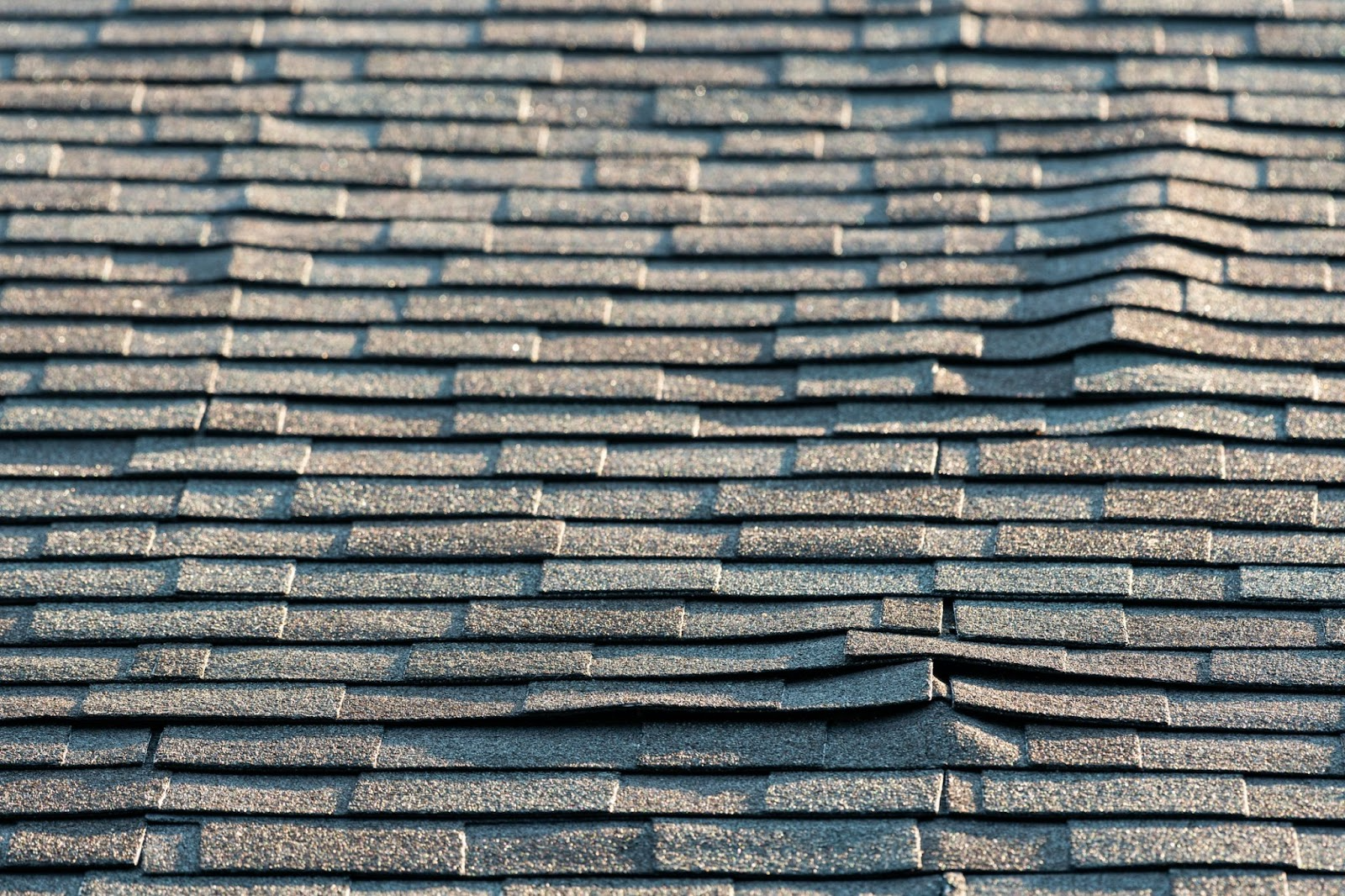Roof Red Flags: How Blisters and Bubbles Warn of Potential Insulation or Substrate Problems
Not all roofing issues are instantly catastrophic, but many can serve as early warning signs of deeper structural problems. Among the most telling indicators are blisters and bubbles on your roof. These subtle surface imperfections can signal underlying problems with insulation, ventilation, or even the roof's substrate. Understanding what causes roof blistering, how to identify it, and what to do about it can help you act early and avoid costly damage later on.

What Is Roof Blistering?
Roof blistering happens when air or moisture becomes trapped within or beneath the roofing material. In asphalt shingle roofs, blisters often appear as raised, bubble-like areas on the shingle surface. Over time, these blisters can pop, causing the protective granules to detach and exposing the underlying mat. This exposure accelerates wear, increasing the risk of leaks and structural issues.
Blisters in Built-Up and Modified Bitumen Roofs
Blistering is not exclusive to asphalt shingles. Built-up roofs (BUR) and modified bitumen systems can also develop blisters. These typically occur due to installation mistakes, such as applying hot bitumen at incorrect temperatures or failing to properly embed roofing felts. While a few small blisters may not immediately threaten the roof's integrity, widespread or large blisters often point to poor installation practices and should be professionally evaluated.
What Causes Roof Blisters?
Several factors can lead to blister formation, including:
-
Poor Ventilation: Inadequate attic ventilation is a leading cause of blistering in asphalt shingle roofs. Excess heat builds up beneath the shingles, causing trapped gases to expand and form blisters.
-
Improper Installation: Mistakes during installation such as misapplied adhesives, misaligned felts, or incorrect bitumen temperature can create air pockets that evolve into blisters over time.
-
Moisture Intrusion: Moisture trapped within roofing layers due to high humidity or previous water infiltration can vaporize under heat and form blisters.
-
Inferior Materials: Low-quality shingles and roofing membranes are more susceptible to bubbling, particularly under thermal stress.
How to Distinguish Blisters from Other Roof Damage
It's important to differentiate blistering from damage caused by hail or debris. Blistering typically appears in clusters or broad areas, whereas hail damage is more randomly scattered. Additionally, popped blisters often leave bare spots devoid of granules, whereas hail strikes might still have some granule presence or leave behind impact craters.
Preventing and Addressing Roof Blisters
Preventing roof blistering starts with quality and care:
-
Use High-Quality Materials: Opt for roofing products known for their durability and resistance to thermal expansion.
-
Ensure Proper Ventilation: A well-ventilated attic helps regulate temperature and humidity, reducing the chances of trapped heat and moisture.
-
Hire Qualified Professionals: Installation errors are a top cause of blistering. Choosing an experienced roofing contractor is essential for long-term roof performance.
-
Schedule Regular Inspections: Routine maintenance can help detect early signs of blistering and determine whether immediate repairs are needed.
Let Infinity Home Improvements Assess Your Roof's Condition
Have you noticed bubbling or blistering on your roof? Don't let these early warning signs go unchecked. Infinity Home Improvements, based in Wyoming, MI offers expert roofing inspections and repair solutions tailored to your home's specific needs. Our professional team will assess your ventilation, materials, and overall roof condition to ensure long-lasting protection and performance.
Take the first step toward a healthier roof. Call Infinity Home Improvements today at 1-616-226-9614 or complete our online form to schedule your free inspection. We proudly serve homeowners in Wyoming, MI and surrounding communities.
